The last concubine of Empress Dowager Tu Xi reveals the truth about life in the harem
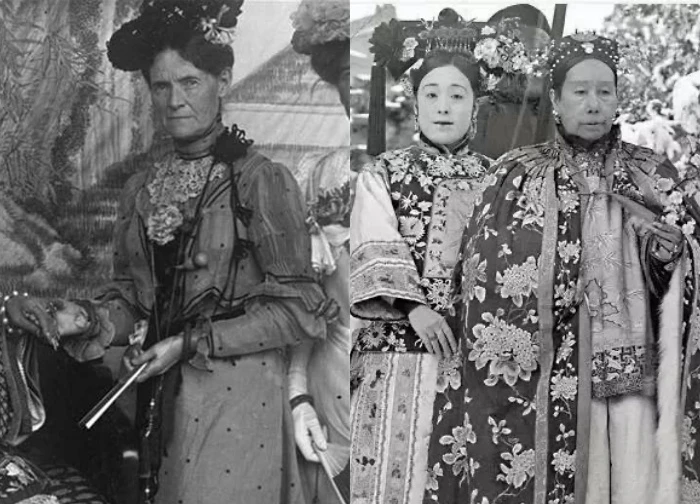
3 | 0 Discuss | Share
Vitiligo is a skin disease characterized by depigmented areas, forming patches that are lighter in color than the surrounding skin. This discoloration may increase over time. This disease can affect any area of the body.
Previously, in a transformation clip on TikTok, dancer CiiN Thao Ly revealed her bare face to netizens. Without relying on the power of makeup or photo editing apps, her rustic beauty still received many compliments from netizens. However, many people also quickly noticed a special point: CiiN's left eyebrow and eyelashes are quite pale, almost platinum in color.
Immediately after that, her die-hard fans said that the hot TikToker had "vitiligo". This information was also shared by Ngo Dinh Nam - CiiN's close friend. For her part, CiiN did not explain anything further but just dropped a smiley face emoji to comment "I understand why you have bangs" as a sign of agreement.
It is known that vitiligo is a chronic disease caused by loss or reduction of pigment in the skin, causing many areas of the skin to become pale. The disease can appear in different locations on the body, but mainly on the face, neck, hands or areas with many wrinkles.
Currently, in Vietnam there are still no official statistics on the number of people infected with this disease. Vitiligo is a disease that can occur in anyone of any age. However, the most common are people from 10 years old to 30 years old, with a small number of cases being children. Of these, more than 50% of cases occur before the age of 20.
This disease is more common in countries located in tropical areas and people of colored skin. The disease is familial, but in fact there has not been any research to confirm whether this disease is hereditary or not. Although not life-threatening, the disease has a significant impact on the patient's quality of life and psychology.
Vitiligo is not contagious and is not cancer. However, vitiligo skin areas lack melanin, so they cannot protect against ultraviolet rays, making this area of skin at increased risk of skin cancer. This is why vitiligo patients need to use sunscreen (SPF 45) to protect their delicate skin.
Patients with vitiligo often suffer from psychological anxiety, increased risk of sunburn (lack of protective melanin), eye diseases, or ear diseases. Depending on the affected skin area, vitiligo is divided into many different types. When vitiligo spreads throughout the body, affecting most areas of the skin, it is called generalized vitiligo. When it affects only one part of the body, it is called partial vitiligo.
Until now, scientific researchers have not yet found the specific cause of vitiligo. However, one thing is certain: the disease only appears when the quantity and quality of pigment cells in the skin have been significantly reduced. Although there is no clear mechanism, this deficiency may be related to:
Autoimmune disease: Many areas of skin have reduced or depigmented skin due to an overreaction of the immune system that removes skin pigment.
Genes: Vitiligo can appear due to genetic mutations that affect the function of pigment cells.
Stress: Frequent stress or trauma leads to the decline of melanocytes (which play a role in creating melanin granules).
Environmental agents: Some agents such as dirty food, exhaust gases, ultraviolet radiation, toxic chemicals,... can change the normal activity of melanocytes or activate genes related to related to existing vitiligo in the body.
One of the most common symptoms of this disease is macules, white patches with clearly defined limits. These skin areas lose pigment, different from the color of the surrounding skin areas. The main reason here may be because the pigment cells in these skin areas have stopped working. Areas most likely to develop vitiligo patches are typically exposed areas exposed to sunlight, specifically the hands, feet, face or lips.
The skin in the vitiligo area is generally normal, not atrophied, and not scaly. Patients also do not feel itching or numbness in these skin areas. Body hair on these skin areas also does not turn white. Depending on the type of vitiligo, discolored skin patches can appear in different ways:
Some symptoms to identify the disease:
Whole body vitiligo: Accounts for the highest rate today with vitiligo patches found in many different locations on the body and they are symmetrical.
Segmental vitiligo: Usually appears only on one side of a specific area of the body. The disease is more common in young people and progresses in only 1 to 2 years.
Localized vitiligo: Appears only in a few specific areas of the patient's body.
Currently, the cause of vitiligo is still unclear. Therefore, specific treatment methods for this type of disease have not yet been found. Although treatment still faces many difficulties, we can completely resolve the symptoms of the disease with solutions such as using topical creams, taking medications, skin grafts, and radiotherapy. lasers,...
CiiN has a rare disease, only 1% of the world's population has it, Ngo Dinh Nam feels sorry for his "girlfriend"  Thảo Mai15:19:01 19/03/2024Since becoming famous on the social network tiktok, Bui Thao Ly (nickname CiiN) has not been able to avoid being compared to her beauty online and in real life. In a transformation clip, she revealed a strange detail on her face.
Thảo Mai15:19:01 19/03/2024Since becoming famous on the social network tiktok, Bui Thao Ly (nickname CiiN) has not been able to avoid being compared to her beauty online and in real life. In a transformation clip, she revealed a strange detail on her face.

3 | 0 Discuss | Share

4 | 0 Discuss | Share

4 | 0 Discuss | Share

3 | 0 Discuss | Share
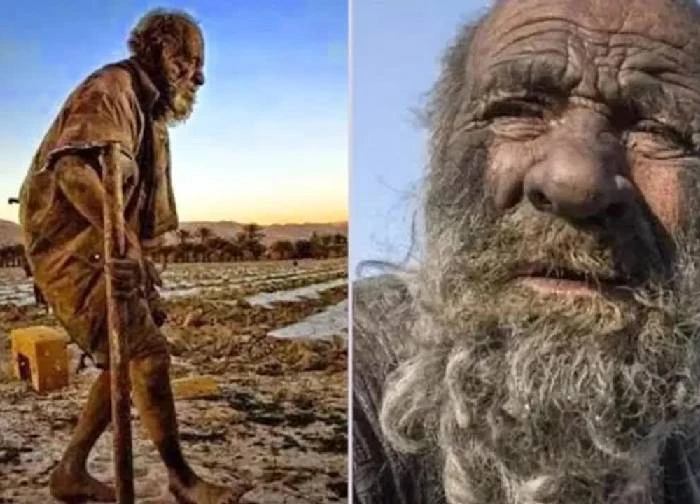
0 | 0 Discuss | Share

0 | 0 Discuss | Share
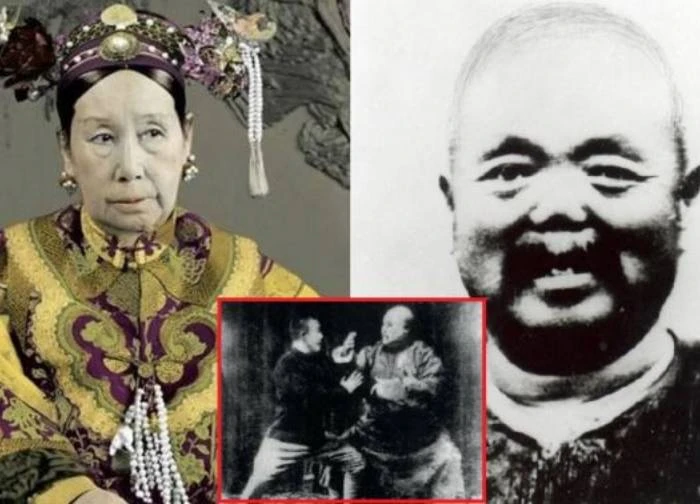
1 | 0 Discuss | Share
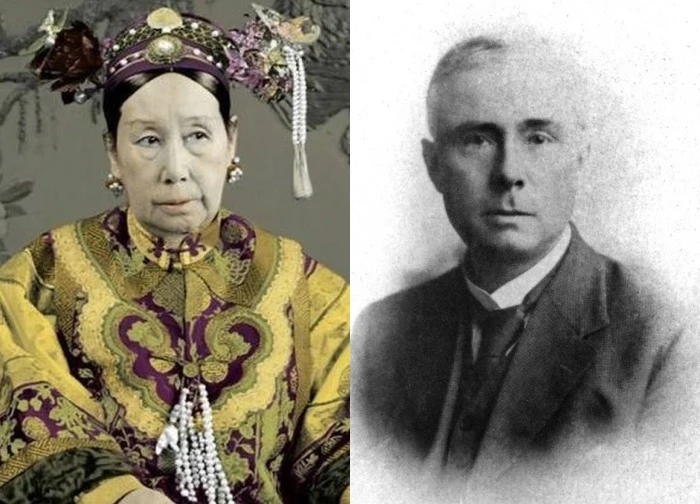
4 | 0 Discuss | Share

4 | 0 Discuss | Share

2 | 0 Discuss | Share

2 | 0 Discuss | Share

4 | 0 Discuss | Share

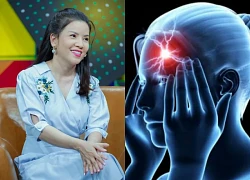
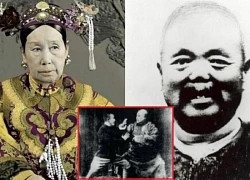

1 | 1 Discuss | Report